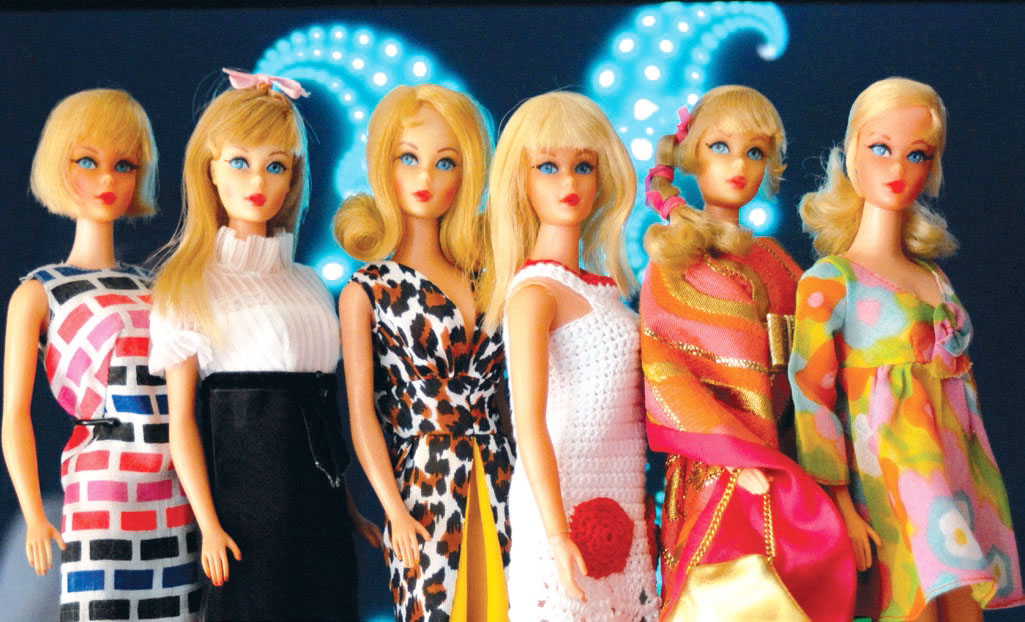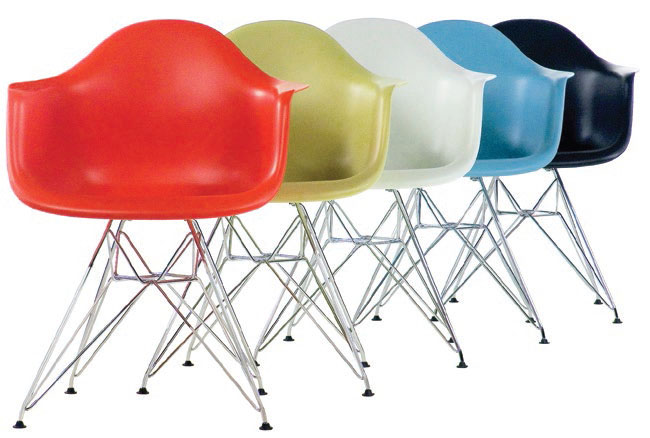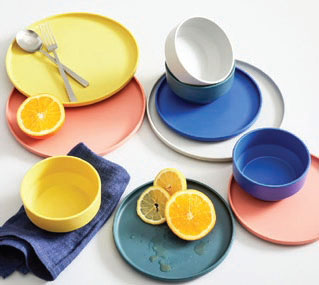Craze Gone Crazy - Page 3
 |
|
|
Irony and agony of plastic
Man-made wasn't a dirty word in the 1960s—and a plastic product didn't mean cheap. Companies were proud to announce the benefits of the synthetic materials contained. With names like Bri-Nylon and Terylene, it's clear that there was no shame in being man-made.
But this celebration of everything plastic didn't last. Plastic debris in the oceans was first observed in the 1960s, and Americans became increasingly aware of environmental problems.
Rachel Carson's popular 1962 book, Silent Spring, exposed the dangers of chemical pesticides. As awareness of environmental issues was spreading far and wide, the persistence of plastic waste began to trouble those who knew this dream couldn't last forever.
The irony is, plastic was developed with good intentions—to protect nature. Scientists really thought that producing with plastic would lead to preserving scarce natural resources like wood and stone, and protecting animals from being killed for their ivory, tusk, horn, and tortoise shells.
 |
|
|
As we have seen, these positive objectives quickly turned to negative outcomes as plastics began harming the environment by polluting our oceans, soil, and air.
Melamine: queen of the kitchen
If you peered into a suburban living room in the 1950s, you might see a group of women in silly hats playing even sillier party games, tossing lightweight plastic bowls back and forth like footballs and chatting about their suburban lives as they passed around an order form for Tupperware.
In addition to food storage materials like Tupperware, plastic dinnerware was found in many homes in the 1940s through the 1970s. Plastic products were now changing the actual decor of the home and started appearing more and more as practical household items, such as 'unbreakable' melamine dinnerware.
 |
|
|
Melamine was the undisputed queen when it came to plastic dishes. It was BPA-free (no harmful chemical bisphenol A) and magically mimicked the look and feel of ceramic and stoneware dishes. It was break-resistant, scratch-resistant, and dishwasher-safe, and was lightweight and came in a variety of beautiful designs and colors.
In their heyday, during the 1950s and '60s, melamine dishes were produced in staggering quantities. Soon the market was saturated with melamine and production slowed.
 |
Nowadays, rigid-plastic utensils for use in non-stick cookware are made from this same melamine material. Flea markets and thrift stores are jam-packed with the stuff.




